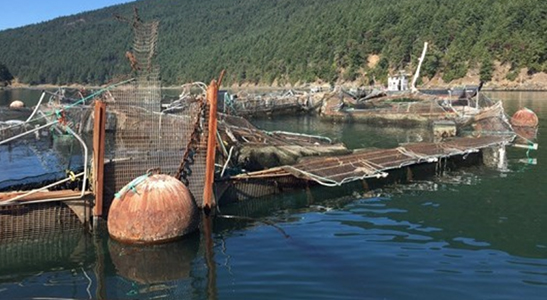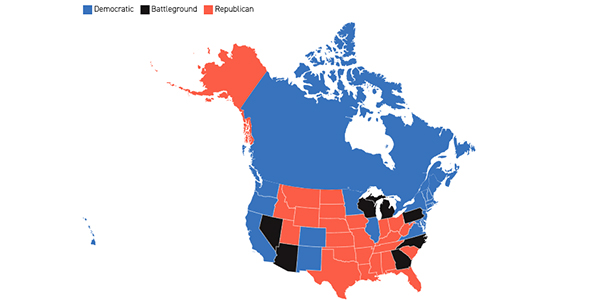By Joe Symons
Let’s do the math. A 500 megawatt coal fire power plant does not run flat out 24/7. It is rated by a capacity factor, which is roughly .75, which means that overall the megawatts produced are 375. If the plant runs for a year, the plant produces 375x24x365 megawatt hours, or roughly 3.3 million megawatthours.
Imagine that all American homes heat their hot water with electricity. There are 130 million households in America. If each swapped out it’s standard resistance load electric hot water heater with a heat pump hot water heater, each household would save roughly 3000 kilowatthours, or 3 megawatthours, every year, due to the huge increase in efficiency of these new design hot water tanks. 130 million households saving 3 megawatthours a year is 390 million megawatthours, which represents the output of about 118 half-gig coal fire power plants.
There are roughly 600 coal fire power plants in America. 118 (or about 20%) could be shut down today just by replacing the hot water tanks with a new technology that delivers the same hot water with about a 60% savings in electricity. Most hot water tanks last 10 years, so it would be reasonable to imagine that the average life remaining in your hot water tank is 5 years. You are going to have to replace it soon enough.
OPALCO just participated in a triple rebate program that allowed you to buy a new heat pump hot water tank for about $350 (not including installation). For a fair number of folks, installation might be little more than removing your old tank and sliding the new one right in the same spot. The Energy Star label on this new heat pump hot water tank states that the average household will save about $350 per year on electricity costs, which means that the tank would pay for itself in a year or two.
You save money. You save carbon. You no longer waste electricity to the tune of more than a hundred coal plants every year. No brainer.
One more thing. About 90% of the energy used to wash clothes is energy used to heat water, given that the majority of Americans wash clothes in hot water. At 4 loads a week and at 4 kilowatthours a load (just for the hot water), 130 million Americans burn 16x52x130,000,000 or about 108 million megawatthours a year on hot water washing. That’s another 32 coal fire power plants running 24/7 for a year. Yes your mother always used hot water to wash. Times are different. There are better soaps, better clothes, better machines. Hot water is way more abrasive than cold water, so clothes do not last as long and colors fade much faster. Cold water washing is just as sanitary and gets clothes just as clean. Cost to switch to cold water? Zero. Just press the “cold” button on your clothes washer water temp control. It’s not scary. It’s not icky. It’s not unsanitary. It’s not stupid. Think of it the other way: clothes last longer, look brighter, smell clean for zero cost to you and the environment. The hot water washing way is as retro as rotary phones. You don’t have one of those, do you? Washing in cold water is smart. You’re smart, right? You want sustainable on the super cheap? Wash your clothes in cold water and get a heat pump hot water tank. The tank pays for itself in a year or two (not counting increases in the cost of electricity) and you win double. Clean clothes for you, a sustainable habitat for your grandchildren, 150 fewer coal fire power plants later.
If you have the energy to protest the coal port in Bellingham, please don’t argue that you don’t have the energy to wash your clothes in cold water or step up to the heat pump hot water tank plate. Make it happen. Ball’s in your court.
**If you are reading theOrcasonian for free, thank your fellow islanders. If you would like to support theOrcasonian CLICK HERE to set your modestly-priced, voluntary subscription. Otherwise, no worries; we’re happy to share with you.**








Please read all the literature on these heat pump units carefully. They must be installed indoors, they require a large space and make noise. They may need to be up-sized from your current unit to perform most efficiently. Most importantly, unlike a space-heating heat pump, they must be installed indoors because they are designed to steal the heat from the air. That is to say: first you pay to heat your home and then your heatpump waterheater steals some of that heat to heat your water. The cost of heating your home again to replace that heat is not calculated in its “efficiency”. You would need to do a lot fancier math to figure out whether that form of waterheater is indeed the best for you.
I just wanted to clear up a misunderstanding in Barbara’s comment above. These heat pump water heaters are not designed to “steal the heat” from your home. Barbara is correct that they do work by pumping heat out of ambient air. If you install one in your unheated garage or basement, your garage or basement will be a bit colder than normal. I’m installing one on my mom’s (rain-protected) back porch. Conventional electric water heaters with heating elements have efficiency from 78% to 94%. This means you put in one unit of electric energy and get back 0.78 to 0.94 units of heat energy. Heat pump water heaters beat the socks off of this. Put in one unit of electric energy, and you get around 2.4 units of heat energy pumped out of the ambient air into your water heater tank.
Barbara’s right — they’re not for everyone. They’re not a great choice for an interior installation in an electrically heated home. But even here they’re not a worse choice than a regular water heater. They are, however, a GREAT choice if you can put it in a ventilated unheated space, or even in a wood heated home (essentially you’re heating your water with wood heat). In these cases you’re in business to save big time on power bills — and help reduce the environmental impacts of power generation.